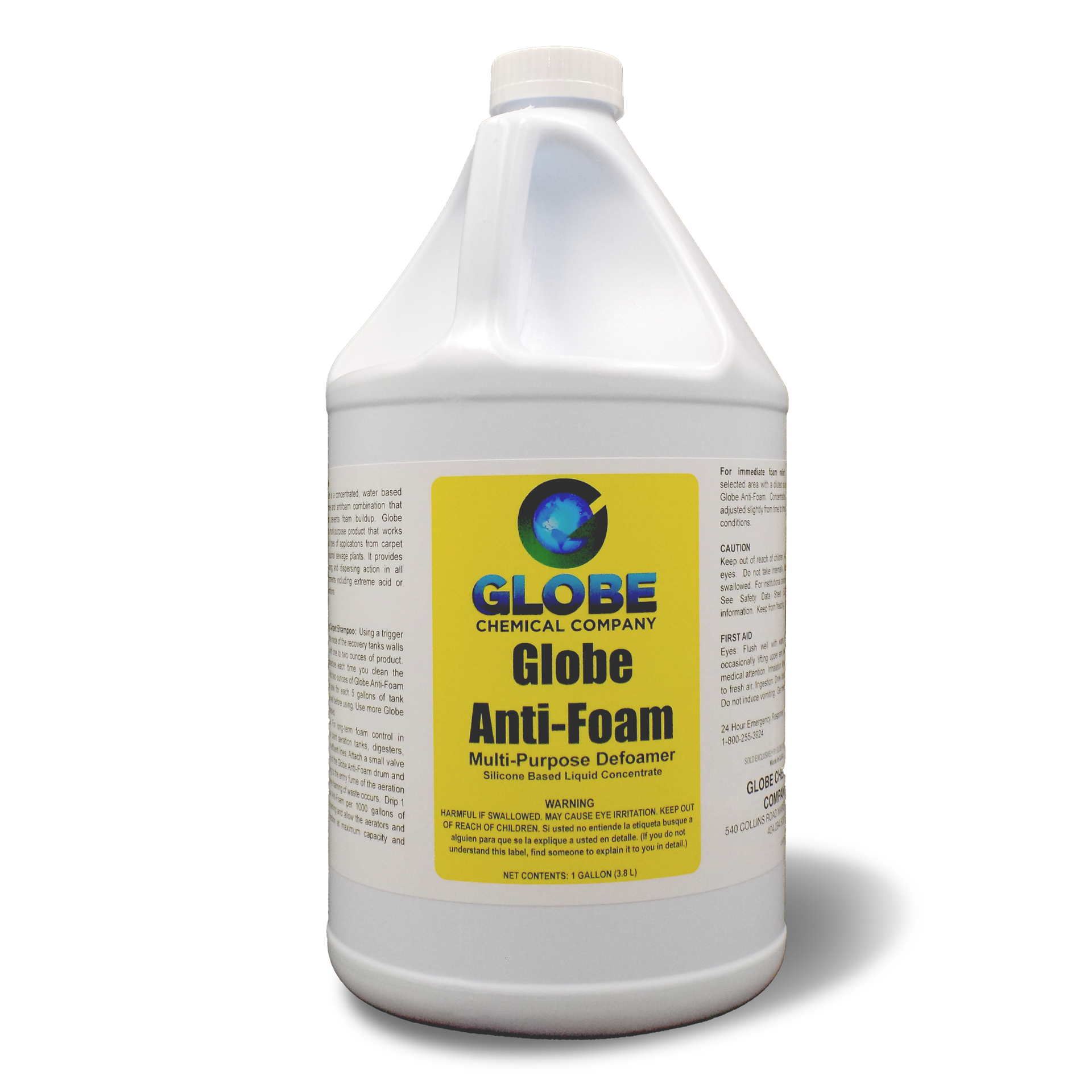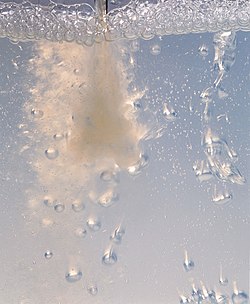Why a Reliable Chemical Defoamer Is Crucial for Sustaining Operational Performance
Why a Reliable Chemical Defoamer Is Crucial for Sustaining Operational Performance
Blog Article
Just How a Chemical Defoamer Can Enhance Effectiveness in Your Workflow and Procedures
In today's competitive industrial landscape, operational effectiveness is extremely important, and the role of a chemical defoamer can not be neglected. By attending to foam-related obstacles that disrupt processes, defoamers not only help with smoother operations however likewise contribute to cost savings and improved item quality. Their impact covers different sectors, making them an essential factor to consider for those aiming to maximize efficiency. Recognizing the details advantages and applications of defoamers elevates crucial questions regarding their choice and implementation. What elements should you take into consideration to maximize their efficiency in your operations?
Recognizing Chemical Defoamers
Chemical defoamers play an essential role in numerous commercial processes by effectively reducing and stopping foam formation. Lathering can bring about operational inefficiencies, raised production expenses, and endangered product top quality. Defoamers are specialized chemical ingredients created to interrupt the security of foam bubbles, thus making it possible for smoother processing and boosted performance throughout numerous industries, consisting of food and beverage, drugs, and wastewater therapy.

These representatives usually include surfactants, oils, or polymeric compounds that reduced the surface area tension of the liquid, facilitating the collapse of foam. The system by which defoamers operate often includes the destabilization of foam structures, permitting quicker drainage of liquid and the launch of trapped air. Different solutions are tailored to details applications, thinking about elements such as compatibility with the system, temperature level, and the nature of the liquid being dealt with.
Understanding the structure and functionality of chemical defoamers is necessary for selecting the proper item for a given application. By enhancing defoamer option based on process needs, sectors can enhance operational performance, mitigate foam-related challenges, and ultimately improve overall productivity.
Benefits of Using Defoamers
Utilizing defoamers can substantially improve operational efficiency throughout numerous markets by properly alleviating foam-related issues. The existence of foam can disrupt procedures, leading to boosted downtime, reduced performance, and potential quality degradation in final product. Defoamers assist fight these challenges by damaging down foam structures, consequently allowing for smoother operations.
Among the primary advantages of making use of defoamers is the decrease of waste and rework. By lessening foam development, defoamers enhance the consistency of processes, ensuring that materials are used successfully. This not only decreases functional costs but additionally adds to sustainability campaigns by decreasing source usage.
Furthermore, defoamers can improve item top quality. In making setups, excessive foam can cause incongruities in item features, impacting customer complete satisfaction. By controlling foam levels, defoamers help preserve the wanted physical buildings of products.

Applications in Different Industries
The effectiveness of defoamers prolongs across a wide range of markets, where their application addresses specific foam-related challenges integral to each market. In the food and drink market, defoamers are essential for maximizing production processes, such as developing and dairy processing, where too much foam can hinder circulation rates and decrease performance. By lessening foam, these representatives improve product quality and uniformity.
In the chemical manufacturing market, defoamers are employed in procedures like paint manufacturing and wastewater treatment. Below, they stop foam development that can conflict with blending and separate stages, thus improving the total efficiency and efficiency of operations.
In pharmaceuticals, defoamers play an go to website important function in the formulation of fluid medicines, making sure correct dose and security by managing foam during mixing and storage space. (Chemical Defoamer)
Additionally, in the farming sector, defoamers are used in pesticide solutions to enhance application efficiency and minimize waste.
Choosing the Right Defoamer
Picking the proper defoamer is crucial for accomplishing optimal efficiency in different applications. The choice procedure ought to start with a thorough understanding of the certain problems handy, consisting of the kind of foam existing, the processing conditions, and the chemical compatibility with other formula parts.
Defoamers are created from a range of materials, including silicone, mineral oils, and fatty acids. Recognizing the right structure is necessary, as various materials exhibit differing efficiency in varied atmospheres. Silicone-based defoamers are typically preferred in discover this high-temperature applications due to their security, while natural defoamers might be more ideal for water-based systems.
Furthermore, think about the defoamer's effect on the final item. Some solutions can modify the aesthetic or functional buildings, making it critical to choose a defoamer that fulfills product requirements without endangering high quality.
Evaluating is one more essential step in selecting a defoamer. Small tests can provide valuable understandings into the defoamer's performance, permitting for adjustments before full-blown application. By very carefully reviewing these factors, businesses can improve effectiveness and ensure that the defoamer successfully meets their operational demands.
Ideal Practices for Application
Executing a defoamer effectively needs careful planning and adherence to best practices to maximize its effectiveness. Initially, carry out a thorough analysis of the specific application and foam characteristics. Comprehending the kind and resource of foam will certainly direct the choice of one of the most ideal defoamer solution.
Following, develop the ideal dosage (Chemical Defoamer). Begin with a small test to identify the minimal effective focus, as too much usage can lead to negative effects on item high quality or operational efficiency
Tracking and readjusting the view website application method is critical; make certain that the defoamer is introduced at the ideal point in the procedure for maximum impact, such as throughout blending or instantly after foam development.

Furthermore, maintain clear communication with all appropriate personnel to make certain regular application methods and to share understandings on performance results.
Verdict
In conclusion, the usage of chemical defoamers plays a critical role in improving functional effectiveness across varied sectors. Inevitably, the unification of defoamers right into industrial procedures cultivates dependability and contributes to overall efficiency enhancement.

In the food and beverage industry, defoamers are essential for optimizing manufacturing procedures, such as brewing and dairy handling, where too much foam can impede flow prices and decrease performance. Silicone-based defoamers are often preferred in high-temperature applications due to their security, while natural defoamers might be more ideal for water-based systems.
Report this page